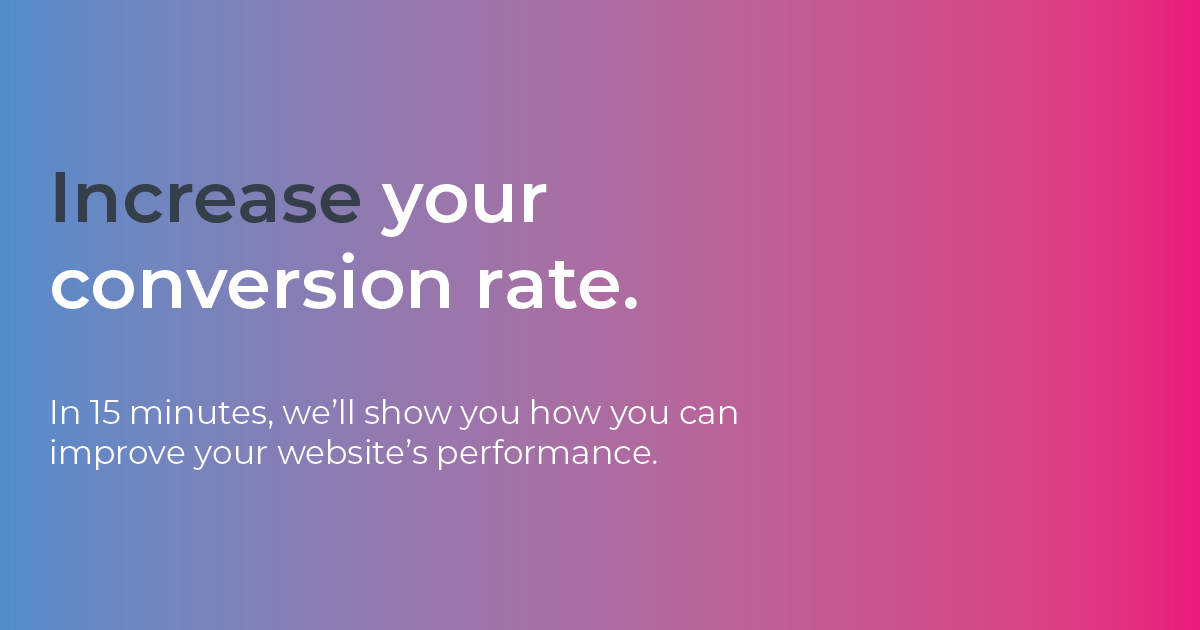Psst.
Did you hear?
We recently looked under the hood of Shopify and discovered six dark secrets the eCommerce giant would rather keep hidden.
Here they are.
In all their glory.
1. Extremely high, inflexible transaction fees
One of the biggest problems facing Shopify entrepreneurs – especially as they begin to make more sales and become more profitable – is that Shopify charges extremely high transaction fees for every purchase, as follows:
Basic Shopify ($29/month)
- Online payment processing rate – 2.9% + 30¢ per transaction
- In-person credit card processing rate – 2.7%
- Additional fees for using any payment provider other than Shopify Payments – 2%
Shopify ($79/month)
- Online payment processing rate – 2.6% + 30¢ per transaction
- In-person credit card processing rate – 2.5%
- Additional fees for using any payment provider other than Shopify Payments – 1%
Advanced Shopify ($299/month)
- Online payment processing rate – 2.4% + 30¢ per transaction
- In-person credit card processing rate – 2.4%
- Additional fees for using any payment provider other than Shopify Payments – 0.5%
Shopify Plus (sales-based monthly fee)
The cost of Shopify Plus is sales-based. It starts at $2,000/month, with a maximum cost of $40,000/month. Here’s a helpful article which will help you understand this model – which can be quite confusing.
- Online payment processing rate – 1.6% + $.35¢ per transaction
- In-person credit card processing rate – 2.4%
- Additional fees for using any payment provider other than Shopify Payments – 0.15%
At first, these charges will seem quite reasonable. If you have a Shopify Basic account and you’re a new seller who sells $1,000 in products over 6 transactions, you’ll pay:
- $29 in percentage fees
- $1.80 in flat-rate processing fees
That comes to a total of $30.80 in fees.
Not too bad, right?
But the problem comes when you’re a seller who’s doing a lot of volume in sales. Even with the most expensive Advanced Shopify Plan, you’ll end up paying steep fees. If you sell $100,000 of product over 1,100 transactions, you’ll owe:
- $2,400 in percentage fees
- $330 in flat-rate processing fees
That comes to a total of $2,730 in fees, which is quite high, especially when you consider the $279/month cost of Advanced Shopify.
If you were using another eCommerce platform, such as Magento, you could shop around for a cheaper payment processor. But with Shopify, you’re discouraged from doing so – and you’ll even pay a penalty fee for using any payment provider other than Shopify Payments.
2. Little out-of-the-box SEO functionality
Shopify has only a few basic built-in SEO functions, including:
- Canonical URLs
- Sitemaps
- Robots.txt
- Titles and meta descriptions
- Alt tags for images
And…that’s about it.
For further functionality and SEO tools, you’ll need to pay for an external tool from a company like Moz or SEMRush, or use an extension like Plug-In-SEO.
Magento and other platforms offer more robust SEO tools out of the box. Plus, there are more free and open-source SEO tools available since other platforms are not built on closed, proprietary platforms.
3. Migrating your data is a pain
This is something that should scare the pants off of anyone thinking of building a business on the Shopify platform.
The entire system is proprietary, meaning, it’s not open-source. And that means your data is contained in databases that cannot be easily transferred between eCommerce platforms.
Essentially, you don’t own your own data – and there’s no easy way to get it from Shopify if you ever want to switch to a different eCommerce platform. It’s also totally cloud-based, so you have no control over your own servers.
If you ever decide that you’ve had enough of Shopify, and you’d like to try another platform, you won’t be able to – not without rebuilding your entire website from the ground-up.
Alternatives to Shopify use standardized databases that can easily be migrated to other platforms. You’re never “locked in” and always have the option to switch to another eCommerce platform, should you want to do so.
4. You can’t manage multiple stores from a single dashboard
Surprised?
So were we.
After all, the biggest eCommerce platform in the world should definitely support multi-store management from its dashboard, right?
Wrong.
Shopify doesn’t allow you to combine multiple stores.
You get one store per username. That’s it. If you want to manage more than one store with Shopify, per username, you have to just log into each one separately – or fork out a monthly fee for a third-party app which allows you to integrate all of your stores into a single page.
Magento, for example, has multi-store management enabled by default, which makes it a lot easier for you to run multiple stores that operate under the same brand.
5. Poor content management
If you’re looking for a platform that will allow you to deliver a content-rich shopping experience, with features like…
- Hosted informative videos
- Photo carousels
- Animated GIFs or looping background video
…Shopify is not for you.
Your options for adding and managing your content are quite limited, given the “one-size-fits-all” design of the platform.
Shopify also has a poor overall CMS, due to its focus on selling products. This is not necessarily a bad thing, but it can mean that you’ll have a harder time using content marketing to advertise your products.
6. Customization is limited
Simplicity and flexibility are, unfortunately, inversely proportional when it comes to developing an eCommerce platform, and Shopify is no exception.
Because Shopify is so simple to set up, and it’s easy to change your theme and make basic modifications, it’s a great first-time eCommerce platform – and that’s a huge reason that it’s so successful.
But, as time goes on, and you become a more experienced eCommerce entrepreneur, you may find yourself looking for more. You may want to start selling B2B products, overhauling your theme, and making other such changes to your store. And, with Shopify, you really can’t add much custom functionality to your site.
You trade flexibility for simplicity – which can really hamstring your ability to continue building your business.
However, if you use an open source platform like Magento, your customization capabilities are – essentially – unlimited. As long as you have the technical skills to modify your website, or the budget to hire a developer or two, you can build a completely customized eCommerce website from the ground-up.
Shopify is great for beginners. But not for everyone.
Shopify is a hands-down winner for newcomers to eCommerce.
It’s easy to use, even without any technical skills – and streamlines the process of setting up a new store, making eCommerce accessible to just about anyone.
But it’s not necessarily the best choice for entrepreneurs who plan on making eCommerce their full-time job.
So before you sign on the dotted line and invest thousands with Shopify, explore these six factors.
They’re Shopify’s best-kept-secrets. For good reason.
Related Articles:
Comparing Magento Commerce Vs. Shopify Plus- Everything You Need To Know
How To Evaluate eCommerce Platforms- What You Should Look For



Leave a Reply
You must be logged in to post a comment.